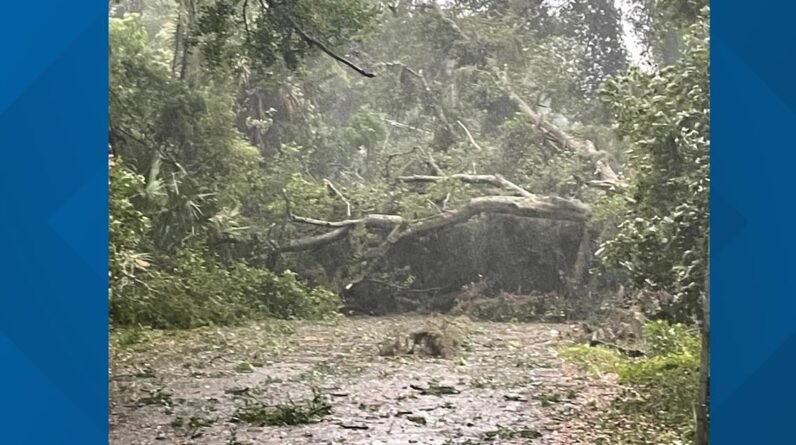
NHC has been monitoring the development of a broad area of low pressure over the western Caribbean Sea during the past several days. Satellite images and recent data from an Air Force Reserve Hurricane Hunter aircraft indicate that the low has a closed but broad circulation and there is no evidence yet of a well-defined center.
Elongated bands of deep convection extend over much of the eastern part of the circulation and are streaming northward toward portions of the Greater Antilles. Since the system is forecast to become a tropical storm, and there is a risk of tropical-storm-force winds across portions of the Greater Antilles, southeastern Bahamas, and Turks and Caicos Islands during the next couple of days, advisories are being initiated on Potential Tropical Cyclone Twenty-Two.
The initial motion is uncertain since the system does not yet have a well-defined center, but the overall cloud system appears to be moving generally north-northeastward, or 015/8 kt. The disturbance is forecast to turn northeastward by tonight due to a broad mid-level trough located over Florida and the adjacent waters. A continued northeastward motion with increasing forward speed is then expected through the weekend as the system becomes increasingly picked up by the trough. Although there is a bit of uncertainty in the forecast track since there is not yet a center to track, the model guidance is in generally good agreement on this scenario.
The system’s broad nature, increasing southerly shear, and nearby dry air suggest that it likely won’t strengthen much. That said, the disturbance could become a tropical depression or tropical storm tonight or on Friday if the circulation can contract enough for a well-defined center to form. Conditions should be sufficiently conducive to allow for modest strengthening and the NHC intensity forecast is just below the IVCN and HCCA consensus aids. Most global model fields indicate the cyclone should become extratropical over the western Atlantic in about 3 days and then become absorbed by a front by day 5.
The most significant hazard from this system is likely to be heavy rainfall, especially in areas of higher terrain, across portions of Jamaica, southeastern Cuba, and Hispaniola.
Copyright 2023 by WJXT News4JAX – All rights reserved.







